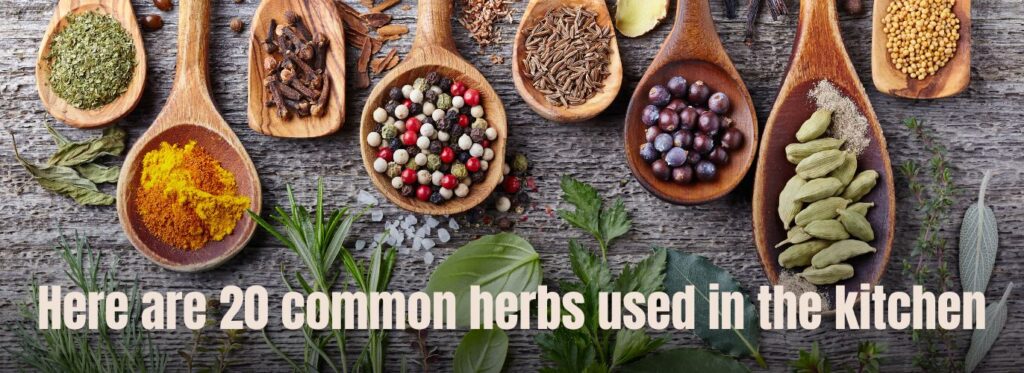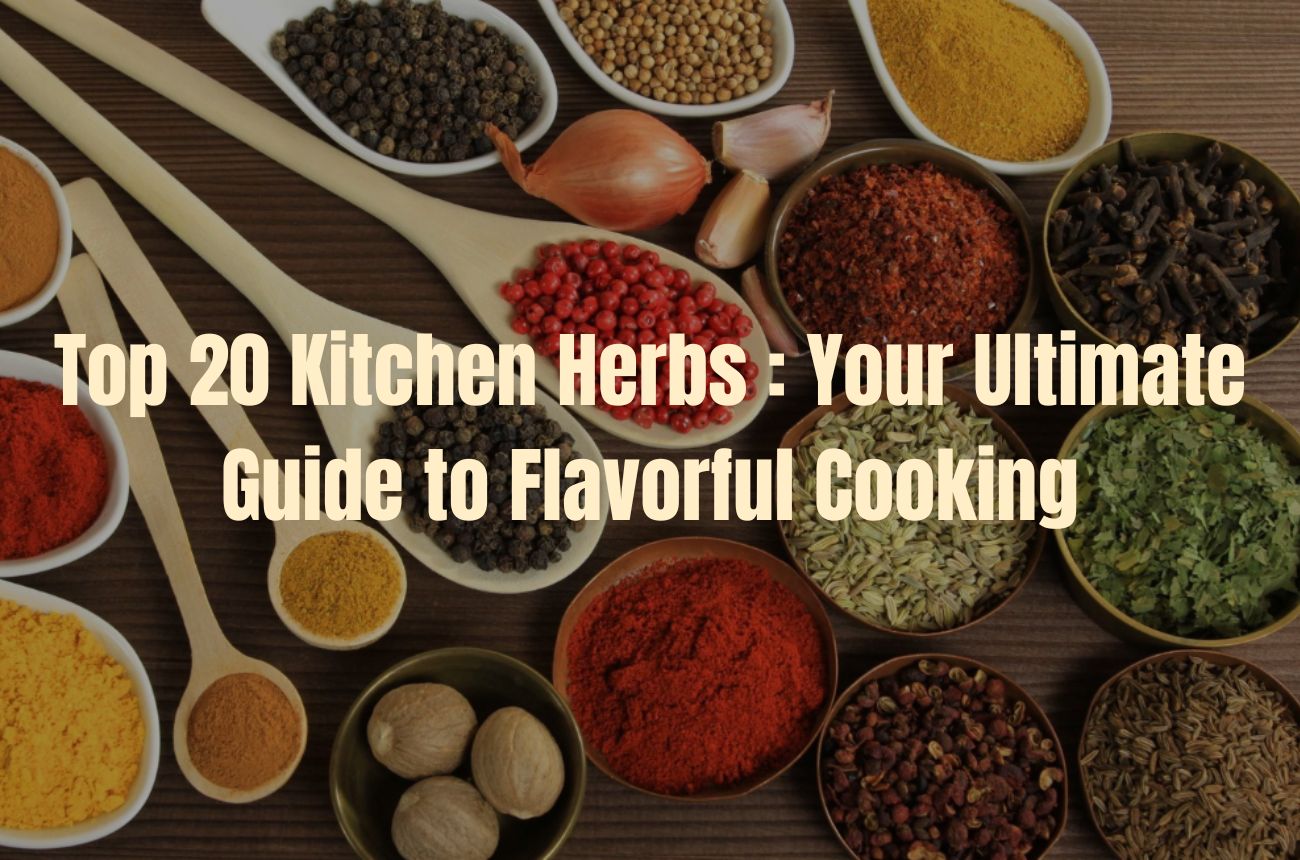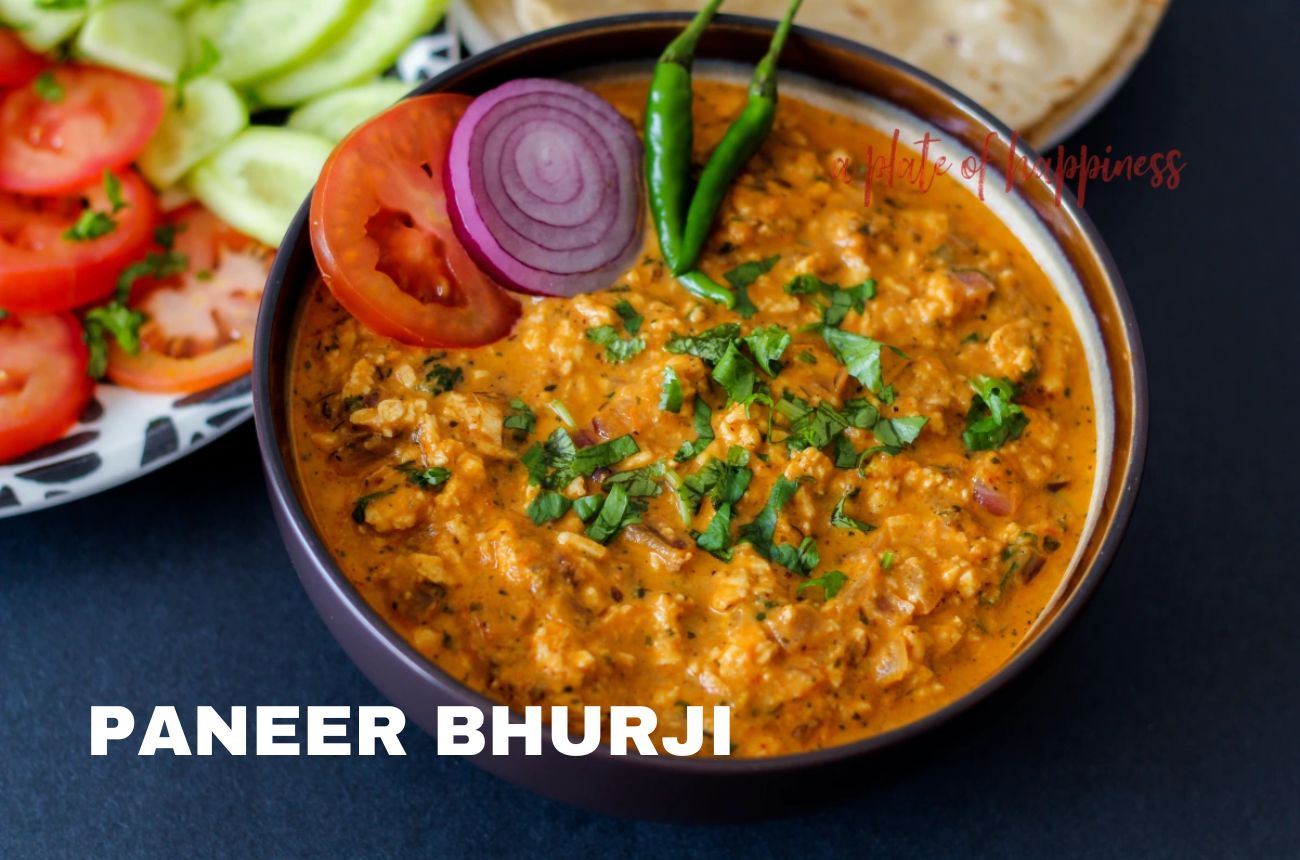Herbs like thyme, parsley and basil have been used in kitchens all over the world since time immemorial. They make food tastier and smell pleasantly and what is more, they are very good for your health too. In this post, we will talk a bit about twenty usually used spices in the kitchen, giving examples of their application and explaining how they can fit in your dishes by using some interesting recipes.
Here are 20 common herbs used in the kitchen

Basil(Ocimum basilicum):
Famous because of its sweet and spicy taste, basil is an essential ingredient in Italian cookery where it goes together well with tomatoes as well as olive oil.
Parsley(Petroselinum crispum):
Its mild peppery taste and common use as a garnish are among the things that make this herb so versatile. Also, when added to soups, stews or salads it can be a wonderful addition.
Cilantro(Coriandrum sativum):
Cilantro is also referred to as coriander but has a tangy taste and a little hotness. It is usually added into guac, salsa or rice used in Mexican or Latin American food.
Mint(Mentha spp.):
Many variants of the mint have a slightly distinctive flavour profile. Refreshing spearmint is often used in dessert, jelly and teas while candy making, toothpaste manufacture and preparation of other dishes that need a strong taste use our more menthol flavoured peppermint.
Rosemary(Salvia rosmarinus):
In Mediterranean cuisine, rosemary is often chosen due to its strong woody taste as well as pine-like essence. Alongside lamb, chicken, potatoes and similar vegetables in the oven it is quite nice.
Thyme(Thymus vulgaris):
Thyme plant is a tiny leafy herb with warm and somewhat peppery flavour which is often used in traditional spice mixtures such as herbes de Provence and also found as an ingredient for stuffing as well as various other meats that are fried.
Oregano(Origanum vulgare):
The herb oregano is essential in many Italian recipes as part of a pungent flavour mix that is quite strong.
Sage(Salvia officinalis):
Sage tastes strong, robust and is mostly used in savoury meals such as sausage fillings and roast chicken.
Chives(Allium schoenoprasum):
Chives, which are thin, grass-like plants with a delicate onion taste, are usually applied to the top of foods and are mixed into soups, salad, and dishes with eggs.
Dill(Anethum graveolens):
Dill flavours are bright and grassy, and are frequent in recipes from Scandinavia and Eastern Europe. It matches excellently with fish, potatoes and cucumbers.
Tarragon(Artemisia dracunculus):
The French use tarragon for its licorice-like taste; it often appears in their cooking. Because it mixes well with vinegar or wine vinegar sauce, as well as other flavouring agents like tomatoes and mushrooms, tarragon is a key ingredient in béarnaise sauce. Additionally, this herb can be found sparingly in recipes for chicken or fish.
Marjoram(Origanum majorana):
Marjoram has a milder flavour than oregano and it is frequently used in place of the latter . Widely regarded as the “Master of spice” in Mediterranean culinary arts, this herb is used to flavour soups, stews and stuffings.
Fennel(Foeniculum vulgare):
Fennel tastes similar to licorice and might be incorporated into either sweet or savoury meals. The bulb and frond are edible either fresh, roasted, or braised.
Lavender(Lavandula angustifolia):
Lavender smells calming whenever it blooms—a flower of herbaceous type.However, usually it is grown for sachets as well as mixed flower containers;although, sometimes it finds usage in making herbal teas or being added to desserts by some people.
Lemon balm(Melissa officinalis):
Lemon balm is used in teas, salads and desserts, as well as serving as an antidote against anxiety and insomnia.
Lovage(Levisticum officinale):
Lovage is an immense leafy herb with an intense, celery taste, which is commonly used in soups, stews as well as salads.
Sorrel(Rumex acetosa):
Sorrel, a leafy green herb with a tart, lemony flavour, is used in soups, stews, and sauces.
Savory(Satureja spp.):
There are two kinds of savoury: summer savoury and winter savoury. Summer savoury tastes warm and peppery and is often used in sausage meat as well as dressings for green beans or lentil casseroles; winter one has an intense smell because it contains wintergreen oil that gives warmth to anyone making hot drinks while camping in snowy mountains.
Bay leaf(Laurus nobilis):
Dried leaves of the bay laurel tree are called bay leaves. Thus they are strong in flavour and they are added into soups, stews, stocks among other foods. One cannot chew them and should therefore remove before serving a meal
Lemongrass (Cymbopogon citratus):
I’m a plant called lemongrass that tastes like lemon and is often found in Thailand’s famous recipes, such as tom yum and green curry.
Herbs contribute their special flavours and scents that are known worldwide to the culinary industry in a variety of ways, making them a significant component besides being adaptable. More than that, there’s nothing that compares to their essential abilities like antioxidants against cancer cells or even assistance during digestion—they’re multipurpose in kitchens and homes at large; that’s why they should be there anytime we cook. With its 20 universal types, you can dine better and live healthier.





One thought on “Top 20 Kitchen Herbs: Your Ultimate Guide to Flavorful Cooking”
Comments are closed.